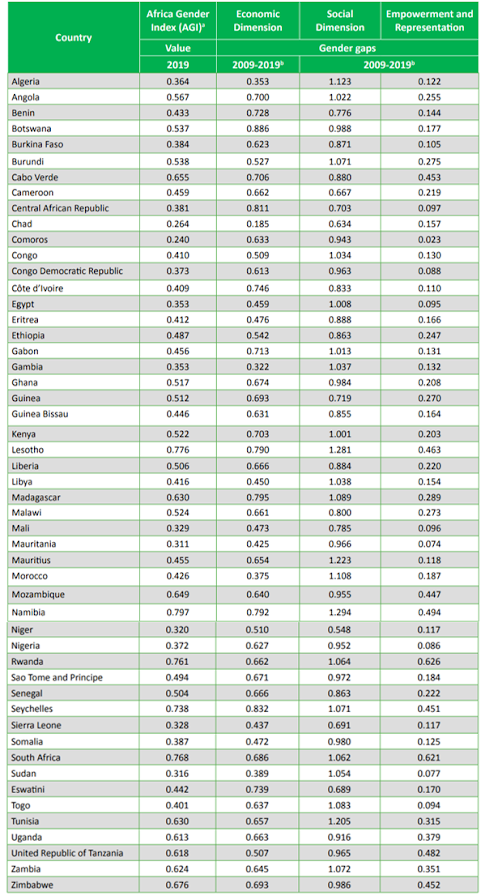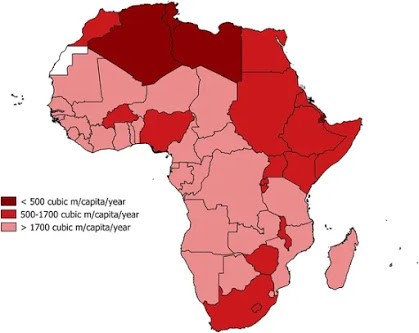Walk for Water: Gender and water collection responsibilties
In many parts of the globe, surviving without a running tap within the household requires seeking alternatives: walking for water.
My mother who grew up in rural Bangladesh in the 1960s often reminds me of her childhood experiences of waking up at dawn with other children and women to collect water from the unmonitored local river. This is still a reality for many.
This post will focus on the gender inequalities surrounding water collection by looking at a study by Graham et al (2016) on water collection in 24 SSA countries. Over two-thirds of the population report leaving their homes to collect water (ibid.). Fleifel et al, (2019) highlights that the unequal responsibilities around water-related tasks is a result of water insecurity, something we have discussed in a previous post. This inequality invites exposure to violence, ill-health and female disempowerment.
In the 24 SSA countries studied, an estimated 3.36 million children and 13.54 million adult females were responsible for water collection in households with collection times greater than 30 minutes (Graham et al, 2016). Table 1 highlights how the responsibility of collecting water primarily falls upon women in SSA. By looking at households without access to water within the 30 minutes walking distance, we can see that women are the primary collectors of water in all but one country (Niger) in both urban and rural settings. Adult women, in particular, were reported as primary collectors of water in 75% of households in many countries (ibid.). In Cote d’Iviore, Gambia and Guinea-Basseau, 90% of rural water collection is done by women.
Carrying water over long distances in rural areas takes a lot of the time (Demie et al, 2016). Even in urban areas, waiting in line can be as time consuming (Geere and Cortobius, 2017).
Impacts of distant water supplies
Female disempowerment
This time lost for women could otherwise be used for other domestic or agricultural responsibilities. It was also cited as a reason that prevents women in the two Ethiopian kebeles from uptaking roles in groundwater management (Nigussie et al, 2018).
Time loss for children, especially girls, has dampening affect on their education in combination with the fact that in places like Ethiopia’s Kebeles girls have to drop out earlier than boys for marital or family purposes(ibid).
Another study found that older children may be pulled out of school to watch younger children while mothers go to collect water or to collect the water themselves (Koolwal and van de Walle 2013).
Ill-health
Collecting water is also a form of physical labor, to lift water from a well and carry it. A distant water supply can impact physical health resulting in musculoskeletal damage(Hunter et al, 2010) something women in the Ethiopian kebeles raised.
Consequently this can impair nutritional health as Cairncross et al (1987) highlights; villagers that relied on a distant water supply stated they cooked little as they had a lack of water.
Additionally, hygiene related health can also decline leading to contractions of infectious diseases such as diarrhoea - common in younger children. This reasserts that hygiene-related health is directly related to how far the water source is from a household (Graham et al, 2016).
Violence
Furthermore, women are also exposed to sexual and physical violence, when travelling long distances to fetch water (UN Women 2014). For example, in Uganda distant water supply can also result in increased domestic abuse where there are reports of men beating their wives (Ivanova,2009)
 |
| Figure 1 Girls protesting about the dangers of walking long
distances to find water in Ethiopia as globally 300,000 people are taking part in "the world walks for water and
sanitation" campaign, source |
Therefore, it is imperative to provide water infrastructure to reduce time spent on walking for water. Freeing up this time makes time available for education and economically productive activities such as in the kebeles where women cultivate fruit and vegetables to sell at the local market or produce and sell energy-saving stoves (Nigussie et al, 2018). Reducing water collection times benefits women more as they are usually the ones carrying out domestic tasks that are heavily reliant on water(Elliott et al, 2015).
However, having time freed up does not mean it will automatically be allocated to economic activity, as institutional and cultural barriers influence the level of access(Chichester et al, 2017). Nonetheless acknowledging the significant implications of freeing time is paramount to achieving the sustainable development goals on gender equality and water (UNICEF, 2016). Therefore, women's unequal responsibility in water collection supports the need for a gendered perspective to water infrastructure to ensure the needs of women are being met and the impacts are being felt.




Faiz! This is super interesting - had no idea about all of the risks associated with women travelling long distances to collect water. It seems like building more water supplies closer to where communities live would be the ideal solution. Do you know what are some of the main obstacles that are clearly stopping these water supplies from being built nearer to villages?
ReplyDeleteThank you Neema! Yes you’re right it would be ideal ! However, sometimes its much more difficult to build water supplies closer to communities and villages for several reasons. This might be because of costs incurred from accessing the water and the infrastructure to pipe the water. There are also obstacles such as ensuring the quality of water is safe and whether water payments should be taken, which is an issue surrounding questions of ownership and responsibility.
ReplyDeleteAs well as this there are difficulties in having water supplies close to villages if hygiene practises are not implemented. There is an increased chance of contamination and risks of water borne diseases that can be fatal. So, while implementing water supplies close to villages in only part of the solution, the long term maintenance also needs to be considered.